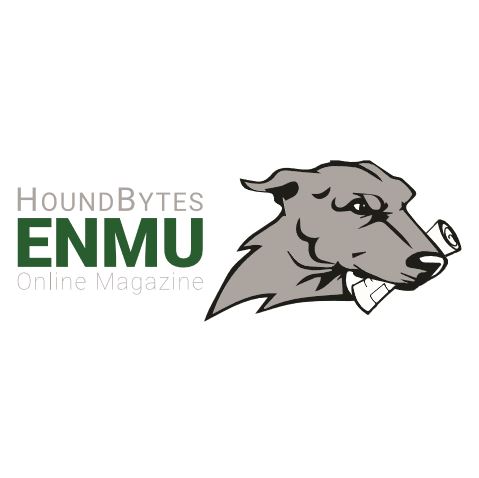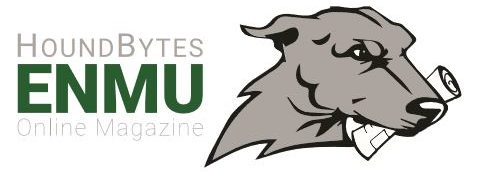
Editor’s note: This article was submitted for publication Fall 2018. This is a late upload.
By: Wayne Head
My wife and I went with a friend Thursday night, Nov. 1, 2018, to the CUB to watch a demonstration of Powwow dance styles. The presenters were Jayme and Marlene Bad Warrior, and their brother-in-law. They represented the Lakota nation, Navajo nation, and Cree nation. It was shared that the Lakota man, Jayme Bad Warrior, attended Haskell University and was wounded by an IUD while being deployed. He talked about gaining sobriety and then embarking on sharing his culture with others through dance demonstrations and participating in powwows throughout the United States and Canada.
My wife and I were talking about what a hard life following the powwow trail can be. Traveling each week, dancing for long hours, and eating fast food for quick meals each day. The dancers spoke of receiving the positive and negative energy that the audience brought with them to the demonstration. The jingle dancer, Marlene Tsosie Bad Warrior, spoke of their dancing as prayers. Prayers for themselves and each one of the attendees.
All of this reminds me of Joseph Marshall III’s description of the old time native warrior. He wrote that warriors provided protection for the village from human and animal attack. They were also teachers of the young, keepers of the peace in the village, and providers of food and shelter for the poor and the elderly in their village. The warriors helped keep the village safe and healthy while offering their health and safety as a sacrifice for others. Warriors were fathers, sons, uncles, husbands, brothers, nephews, grandsons, and active members of their communities.
The three dancers represented their nations, and their families well the other night while sharing native dance, songs, traditions, and culture with Eastern New Mexico University. They did this demonstration in a good way with a good heart. For me, it was good to hear the music, the bells and jingle cones, and the steps of the dancers. It took me back to other demonstrations and powwows that I have attended in the past. It reminded me of drumming in the garage of my friend, Lew Harmonson, learning Lakota powwow and inipii, sweat lodge songs. It took me further back to the front yard of my cousin, Jackie Canty, on the Catawba Indian Nation, the first time I ever sat on a drum. Lots of connections, many circles bringing all of us to the CUB and the Native Pride Dancers. Thank you three for sharing.
